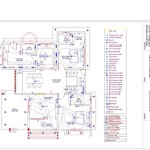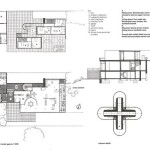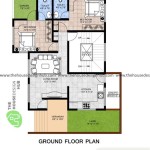Essential Aspects of Commercial Poultry House Plans
Designing and building a commercial poultry house requires careful planning and consideration of various factors. A well-designed poultry house ensures the health, productivity, and welfare of the birds while maximizing operational efficiency and minimizing environmental impact. Here are some essential aspects to consider in commercial poultry house plans:
1. House Size and Capacity
The size and capacity of the poultry house depend on the type of operation, the number of birds to be raised, and the space requirements per bird. Proper space allocation ensures adequate ventilation, feed and water access, and nesting facilities for the birds.
2. Ventilation System
Ventilation is crucial for maintaining air quality, temperature control, and humidity levels within the poultry house. A well-designed ventilation system removes harmful gases, odors, and excess moisture, preventing respiratory problems and heat stress in birds.
3. Lighting Plan
Lighting plays a significant role in regulating bird behavior, growth, and reproductive cycles. The type of lighting system, intensity, and photoperiod should be carefully selected to optimize feed conversion, egg production, and the overall health of the birds.
4. Feed and Water Systems
An efficient feed and water system ensures that birds have access to clean and fresh feed and water at all times. The system should be designed to accommodate the bird's age, type, and consumption patterns while minimizing feed waste and spillage.
5. Nesting Areas
For layer hens, providing adequate nesting areas is essential for egg production and quality. The number, size, and design of nesting boxes should encourage hens to lay eggs in designated areas, reducing the risk of floor eggs and egg breakage.
6. Manure Management
Proper manure management is critical for maintaining a clean and healthy environment within the poultry house. The poultry house design should incorporate a manure handling system that effectively collects and removes manure, preventing disease transmission and environmental pollution.
7. Biosecurity Measures
Biosecurity measures are essential for preventing the spread of diseases and maintaining the health of the birds. The poultry house design should include features such as restricted access points, footbaths, and quarantine areas to minimize the risk of disease introduction and transmission.
8. Environmental Control
Environmental control systems, such as heating, cooling, and humidity monitoring, help maintain optimal conditions within the poultry house. These systems ensure the birds' comfort, reduce stress, and optimize their performance.
9. Construction Materials
The materials used in constructing the poultry house should be durable, easy to clean and disinfect, and resistant to environmental stressors. Common materials include metal, plywood, and concrete.
10. Waste Management
Waste management systems, such as litter disposal and wastewater treatment, are essential for maintaining a healthy environment and minimizing the environmental impact of the poultry operation.
By considering these essential aspects in commercial poultry house plans, poultry producers can create facilities that optimize bird health, productivity, and farm efficiency while complying with industry standards and environmental regulations.
Floor Plan A And Cross Section Of Commercial Poultry House B Scientific Diagram

Broiler House Design For 50000 Birds Poultry

Light Weight Commercial Poultry Farm House Design Drawing China En Made In Com

Broiler House Design For 50000 Birds Poultry

How To Design And Set Up A Poultry Farm

Easy Assemble Design Commercial Broiler Poultry Farm Shed En House China Made In Com

Layer En House Plans For 500 Ens Cage Layout And Display Design

25000 Design Plan For Broiler Planning

Easy Assemble Design Commercial Broiler Poultry Farm Shed En House China Made In Com

Large Scale En Farm Building Design Modern Poultry House For Layers Egg Ion Business Plan A Zhengzhou Livi Machinery Manufacturing Co Ltd








